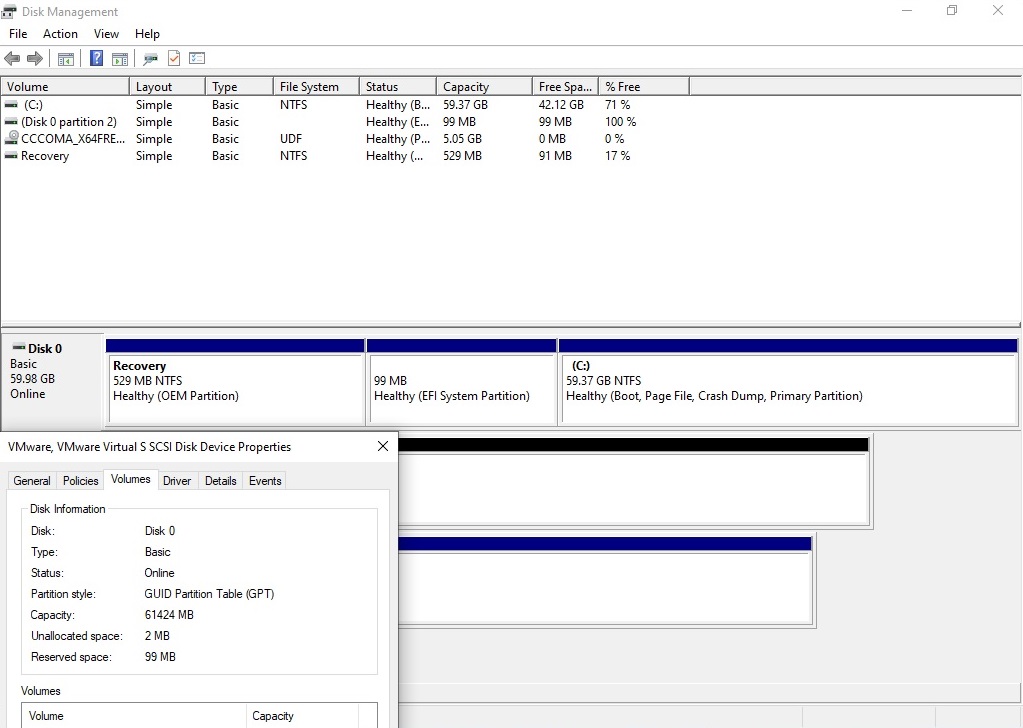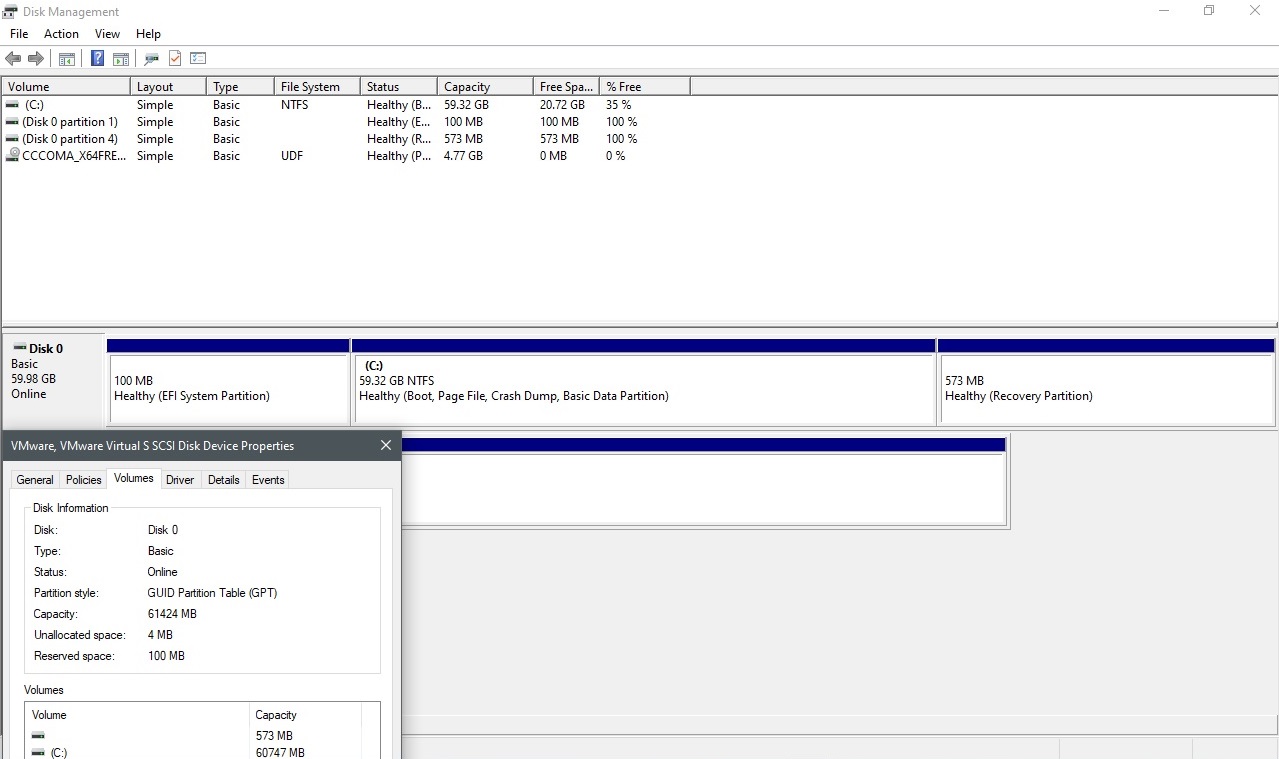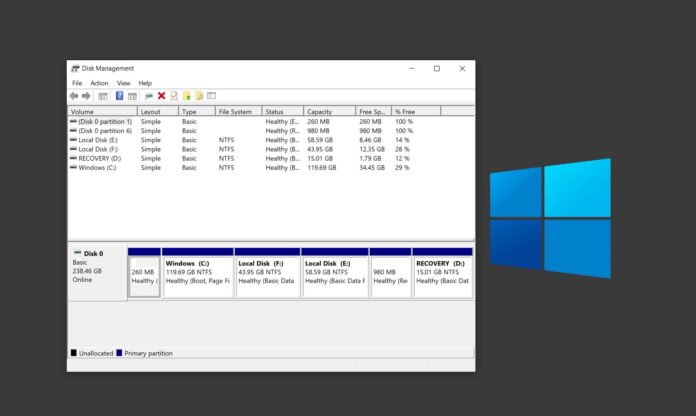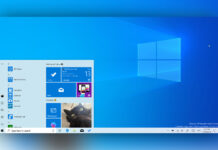When you upgrade Windows to the next version, sometimes Windows may create a new recovery partition if it detects that there is no sufficient space on your recovery partition.
Windows is not able to extend a volume partition when the unallocated space is not right behind the volume partition.
On some PCs, WinRe (Windows Recovery) partition is positioned first, which prevents users or the operating system itself from expanding the volume. This happens when Windows Setup positions the recovery partition first by default on a GPT storage disk for UEFI-based PCs.
In some configurations, the recovery partition is also in the middle of the MSR and the Windows partitions.

This is not a problem until a Windows 10 feature upgrade requires more space for its recovery portion or when you want to extend your system drive space. When the recovery partition cannot be expanded, a new recovery partition is created by shrinking system drive and the original recovery partition would become obsolete.
You can delete the obsolete recovery partition or expand it to avoid the creation of a new recovery partition.
Unfortunately, this is currently impossible with Microsoft’s own Disk Management tool. To make any changes to the positions of the volume partitions, you need to use “diskpart.exe” command-line tool or a third-party app, as a Microsoft Contingent Staff noted in a forum post.
Windows 10 version 2004 addresses the fundamental flaw in partitions positioning
Starting with Windows 10 version 2004, also known as May 2020 Update, Windows Setup now uses the recommended partition layout on a clean install.

Previously, when you use Windows Setup to clean install Windows 10, the volume partitions are created in the following layout:

As you can see in the above screenshot, Windows Setup positions the recovery partition first by default, which is against Microsoft’s own partitioning guidelines.
“We recommend that you place this partition (recovery) immediately after the Windows partition. This allows Windows to modify and recreate the partition later if future updates require a larger recovery image,” Microsoft noted.
It’s important to note that you may already have the correct partitions layout when you have a different hardware configuration or everything is configured by your OEM. However, when you use Windows Setup to clean install Windows 10 on a hard disk or SSD, the recovery partition could still be positioned first.
Windows Setup shipped in Windows 10 version 2004 creates the WinRe (Recovery) partition following the Windows partition.

As you can see in the above screen, Windows Setup of Windows 10 version 2004 now uses the proper partition layout.
The old layout has been a huge problem for some users as it created multiple recovery partitions or prevented users from extending the space of the system drive. There are several threads on Microsoft’s forum with users complaining about multiple recovery partitions or inability to extend the volume space.
With Windows 10 version 2004, Windows Setup finally follows Microsoft’s own GPT partitioning guidelines.
I asked a Microsoft support employee for more details and they confirmed that this change was indeed introduced with Windows 10 May 2020 Update to address the problem of multiple recovery drives.






















